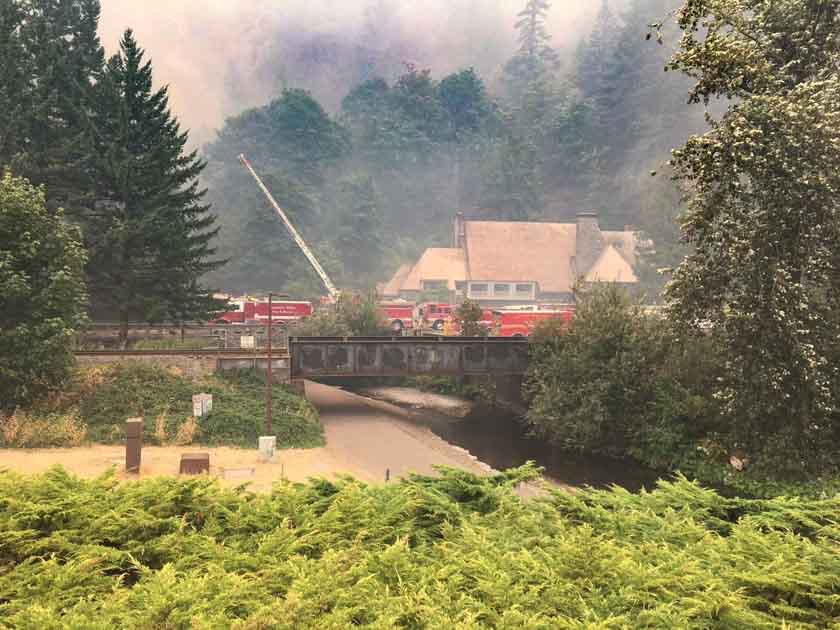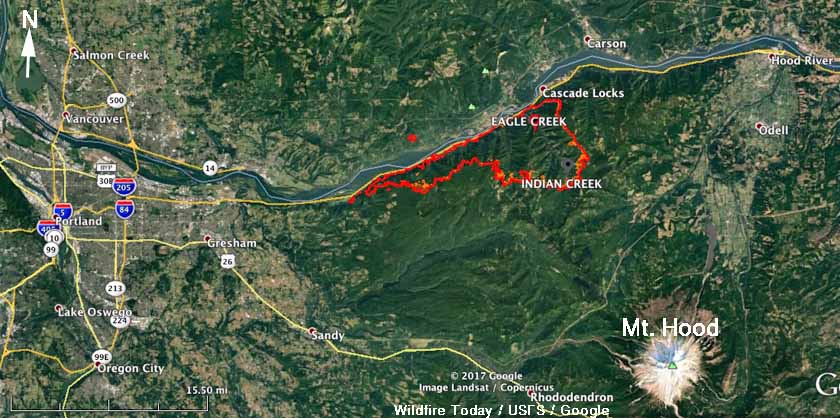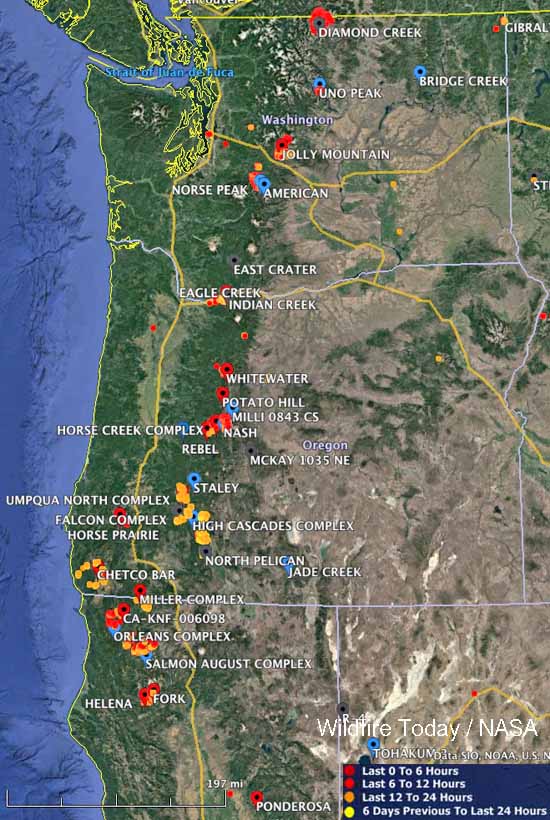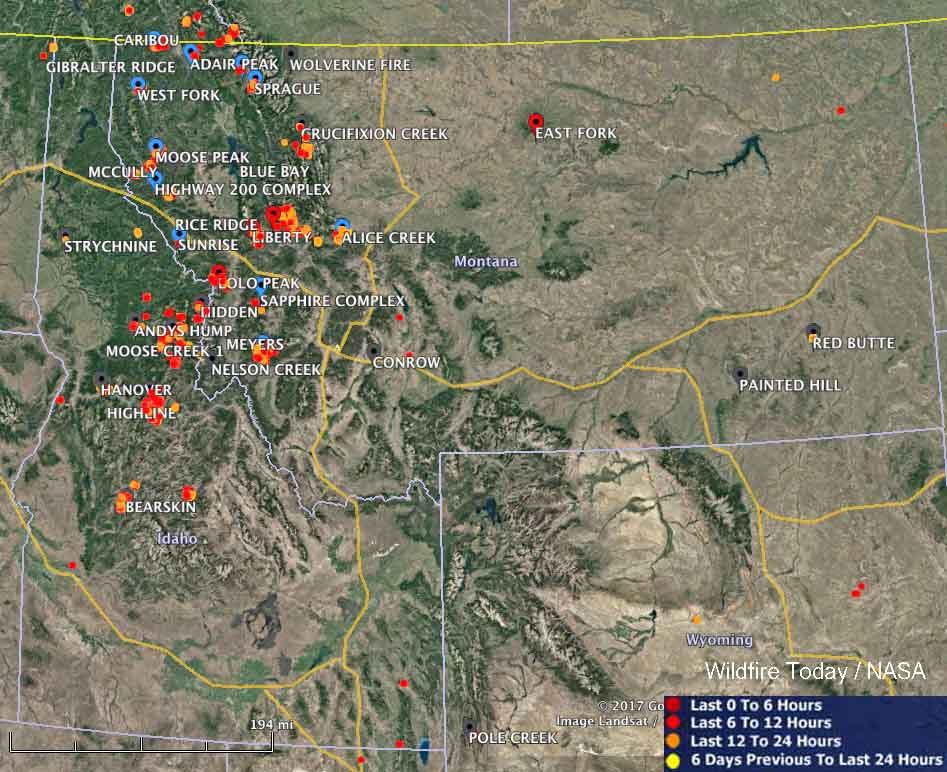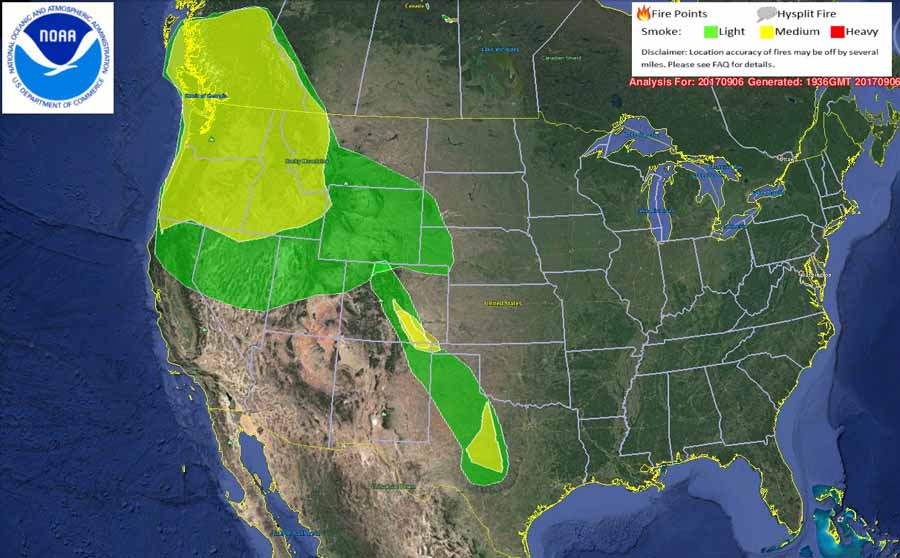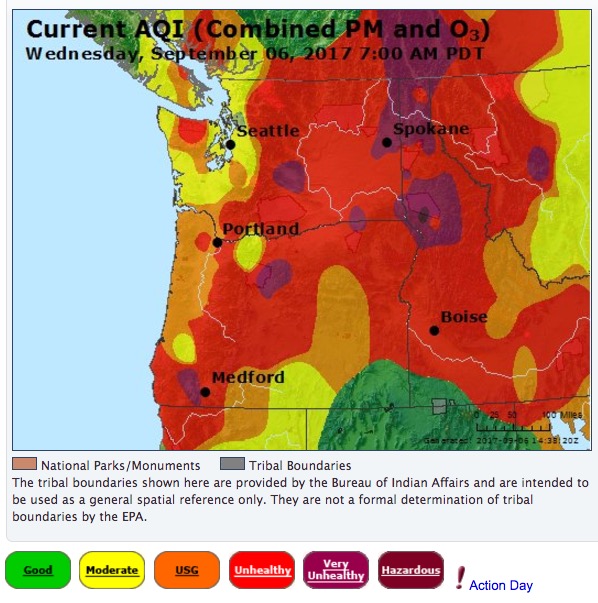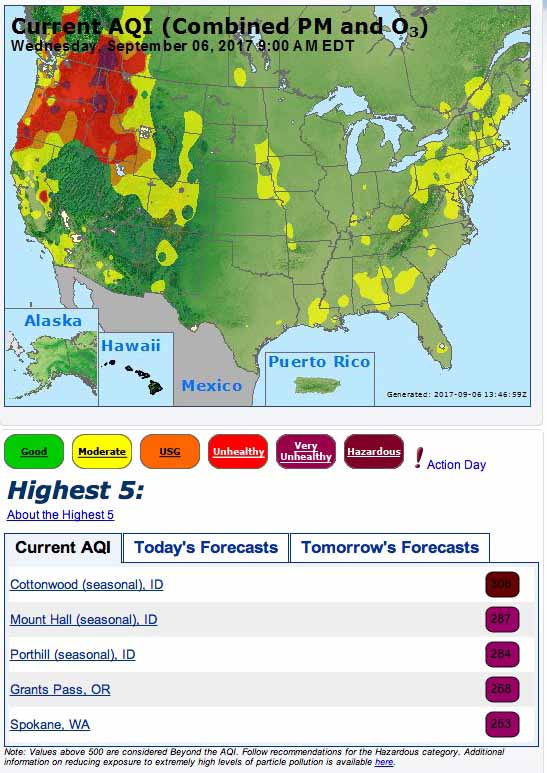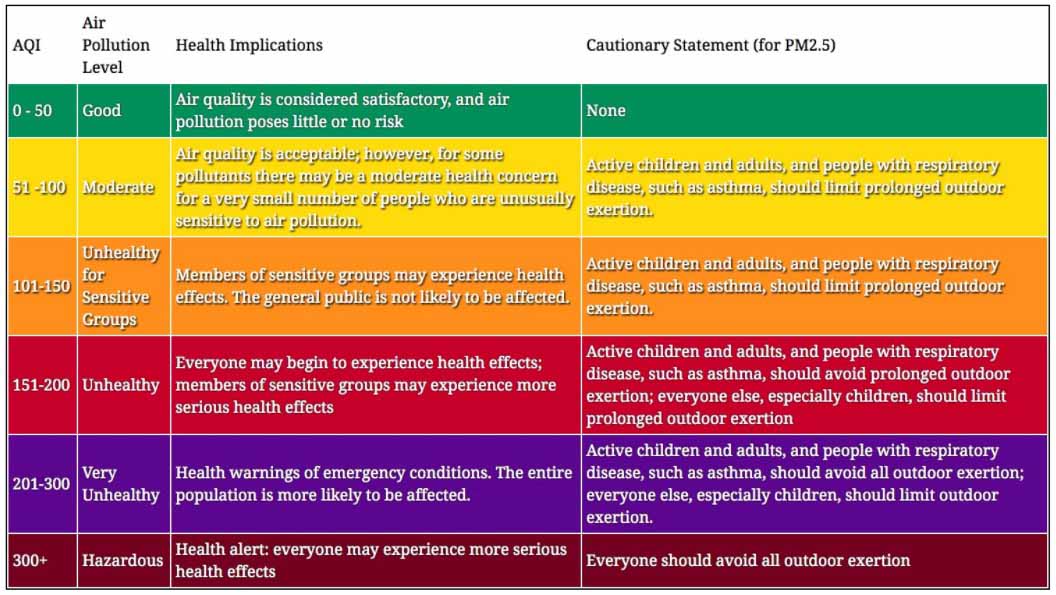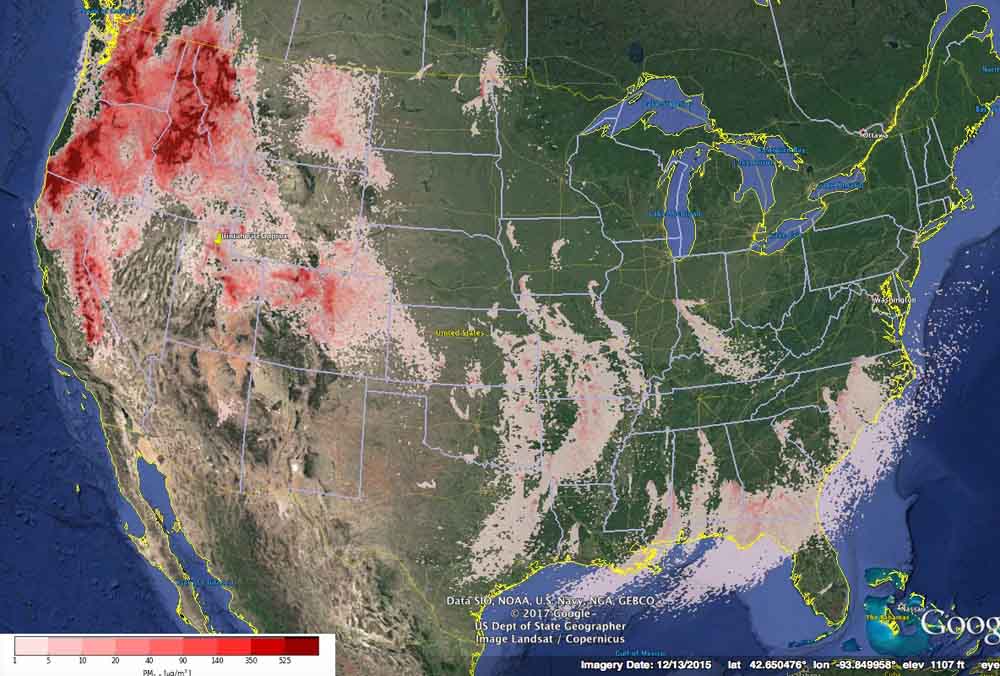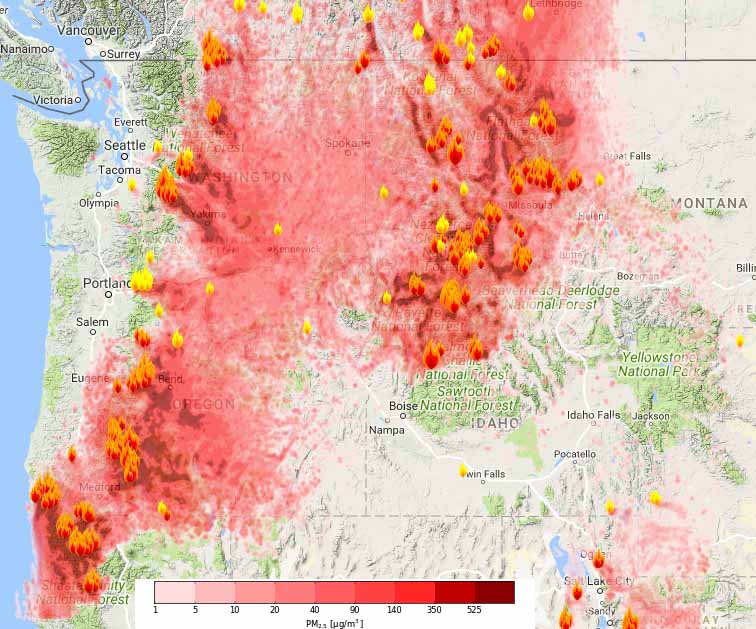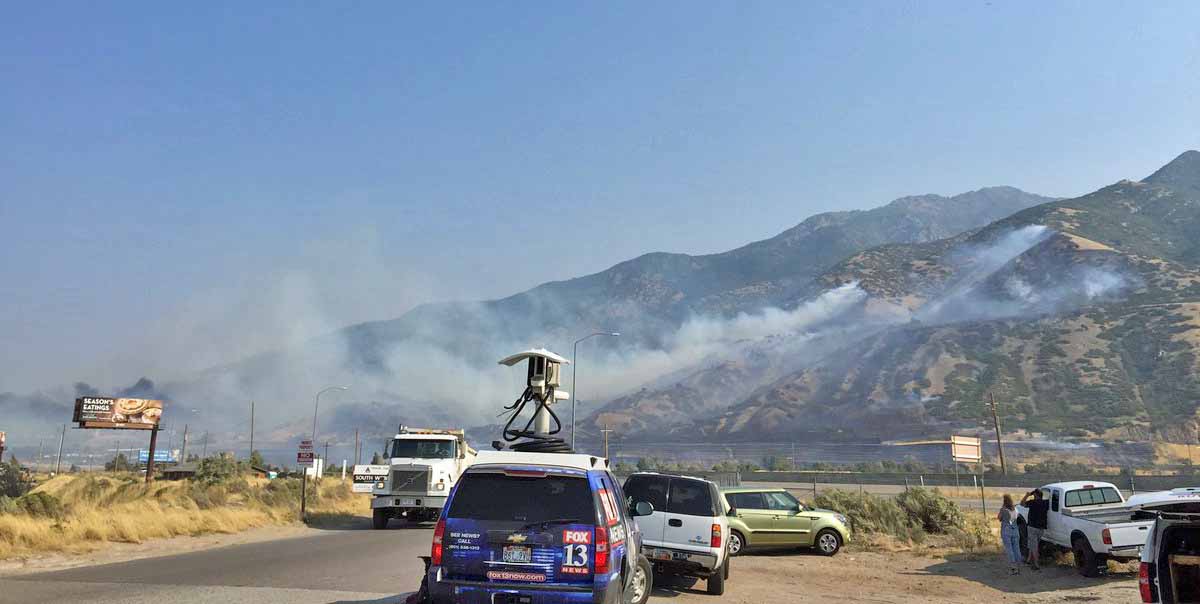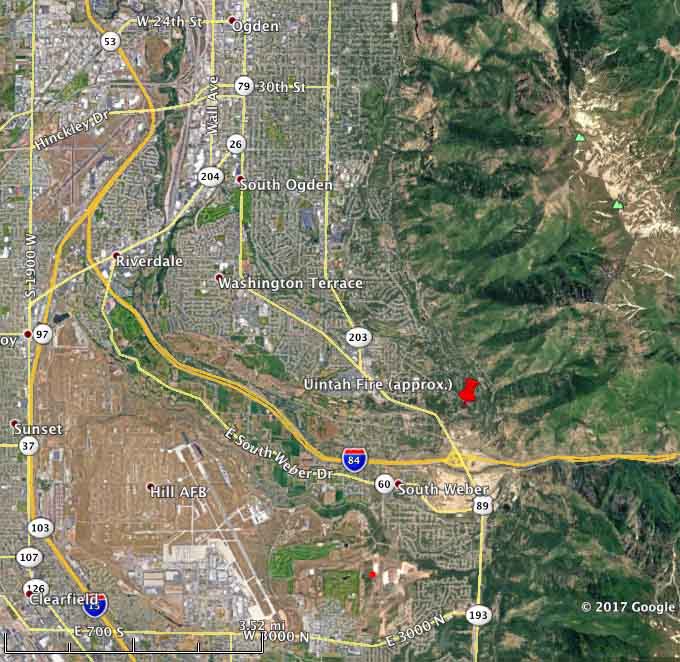Above: Personal Protective Equipment is distributed to soldiers at Joint Base Lewis-McChord in preparation for deployment to the Umpqua North Fire in Oregon.
(Originally published at 7:53 a.m. MDT September 7r, 2017)
With the National Preparedness Level at 5, the highest level, the National Interagency Fire Center (NIFC) in Boise, Idaho has mobilized active duty military personnel to serve as firefighters to assist with wildfire suppression efforts.
The National Multi-Agency Coordinating Group (NMAC) at NIFC requested the Department of Defense to provide 200 active duty military personnel to assist with firefighting efforts. The DoD has approved the request and identified the 1-2 Stryker Brigade Combat Team (23rd Brigade Engineer Battalion and 1st Battalion 23rd Infantry Regiment), 7th Infantry Division at Joint Base Lewis-McChord (JBLM) in Washington to provide the active duty military personnel. The Soldiers will be organized into ten crews of 20 persons each, all of which will be sent to the Umpqua North Complex which is burning on approximately 30,000 acres on the Umpqua National Forest, approximately 50 miles east of Roseburg, Oregon.
“We are committed to continuing to do everything we can to provide the firefighters, aircraft, engines, and other wildfire suppression assets that Incident Commanders need to protect lives, property, and valuable natural and cultural resources,” said Dan Buckley, Chair of NMAC. “The U.S. military is a key partner in wildland firefighting and we greatly appreciate their willingness to provide us with Soldiers to serve as firefighters as well as aircraft to help with wildfire suppression efforts.”
Their training, which began September 6, is expected to conclude by September 9th, and the Soldiers are expected to begin working on a wildfire on September 10th. While on a wildfire, the Soldiers will be accompanied by experienced wildland fire strike team leaders and crew bosses from wildland fire management agencies.
The training will consist of one day of classroom training at JBLM and two days of field training when the Soldiers reach the wildfire that they will be assigned to.
The last time that active duty military personnel were mobilized to serve as wildland firefighters was in August, 2015 when 200 soldiers from the 17th Field Artillery Brigade based out of JBLM were mobilized to work on wildfires in Washington for 30 days. The last time before that was in 2006. Currently, several states – including Oregon, Montana, and Washington – have mobilized National Guard helicopters and personnel to serve as wildland firefighters to assist with wildfire suppression efforts.




